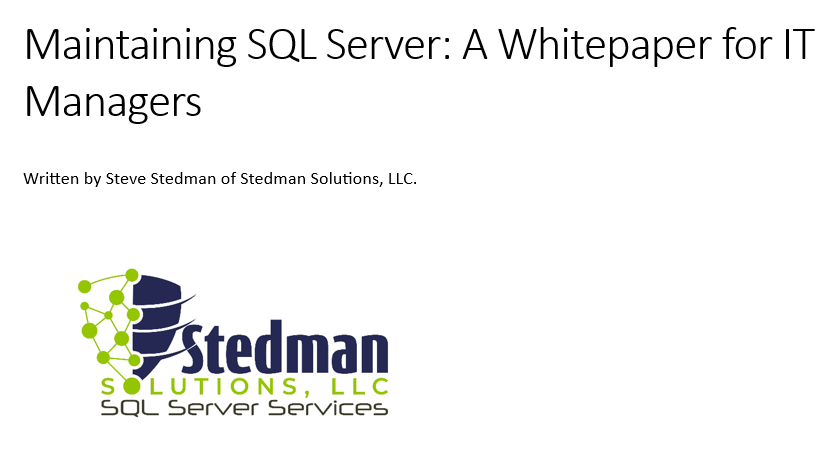Managing SQL Server Growth

Strategically Managing SQL Server Growth: Balancing Expansion and Costs
As businesses flourish and evolve, the underlying data infrastructure must adapt accordingly. SQL Server, serving as a cornerstone for numerous organizations’ IT ecosystems, is no stranger to this evolution. While growth signifies success, it concurrently introduces increased complexity and, inherently, elevated costs. Through my extensive journey with SQL Server spanning decades, I have observed a common hurdle organizations encounter: managing the financial burden that accompanies the expansion of their SQL Server environments. This article aims to ignite a discussion on the fiscal aspects of SQL Server’s growth and to outline proactive measures for cost mitigation through early management and strategic tuning.
Unveiling the True Cost of SQL Server Growth
The expansion of a SQL Server environment can manifest in two primary forms: scaling up by augmenting resources within an existing server, or scaling out through the addition of more servers. Each strategy carries its own financial implications:
- Licensing Fees: The cost of SQL Server licensing can surge as you incorporate additional cores or transition to enterprise-level features to accommodate growing demands. This escalation can pose a significant financial challenge.
- Hardware Expenses: Scaling up entails investments in more robust hardware, whereas scaling out requires the acquisition of extra servers. These investments demand substantial capital expenditure.
- Operational Costs: An expanded SQL Server footprint leads to increased expenses for maintenance, security, and administration. The complexities tied to managing a larger environment can significantly stretch your IT budget.
Proactive Steps for Cost-Effective SQL Server Expansion
To navigate the financial challenges of SQL Server growth without compromising on performance or scalability, consider the following strategies:
- Early Management and Tuning: Implementing best practices for database management and optimization from the onset can mitigate the need for extensive scaling, thereby controlling costs.
- Strategic Scaling: Evaluate both scaling up and scaling out options carefully, considering long-term impacts on costs and performance. A balanced approach may offer cost savings and efficiency gains.
- Leverage Cloud Solutions: Exploring cloud-based SQL Server solutions can provide scalable resources with potentially lower upfront costs and flexibility.
- Regular Performance Audits: Conducting regular reviews of your SQL Server environment can identify inefficiencies and opportunities for optimization, preventing unnecessary expansion.
Empowering Your Organization’s Growth
To further support IT managers in mastering the financial and technical challenges of SQL Server expansion, we invite you to explore our free whitepaper, “Maintaining SQL Server: A Whitepaper For IT Managers.” This resource offers in-depth insights into managing growth effectively, ensuring your SQL Server environment remains robust, scalable, and financially sustainable.
Embrace the journey of growth with confidence, equipped with the knowledge and strategies to optimize your SQL Server’s expansion while judiciously managing costs. Download our whitepaper today and take a significant step towards achieving a balanced and cost-effective SQL Server infrastructure.
Download this free whitepaper today at https://stedman.us/maintaining and take the first step towards safeguarding your SQL Server data. Protect your business from becoming a cautionary tale by ensuring you’re equipped to face the unimaginable with assurance.
https://stedman.us/maintaining
Getting Help from Steve and the Stedman Solutions Team
We are ready to help. Steve and the team at Stedman Solutions are here to help with your SQL Server needs. Get help today by contacting Stedman Solutions through the free 30 minute consultation form.


 Download this page in PDF format
Download this page in PDF format
Leave a Reply